In short, when comparing Quantum HDR vs HDR10+, Quantum HDR is a new refinement of HDR10+ using Samsung’s proprietary Quantum Dot technology, and delivers even better contrast, color and dynamic range.
When comparing Quantum HDR 24x vs 32x, Quantum HDR 24x means that the TV has 2,400 nits of peak brightness vs 3,200 nits peak brightness of Quantum HDR 32x.
Quantum HDR is a new term recently arriving on the scene and causing even more confusion about the various TV HDR formats.
In this quick article, we’ll cover what exactly Quantum HDR is and how it compares to the existing HDR10+ standard.
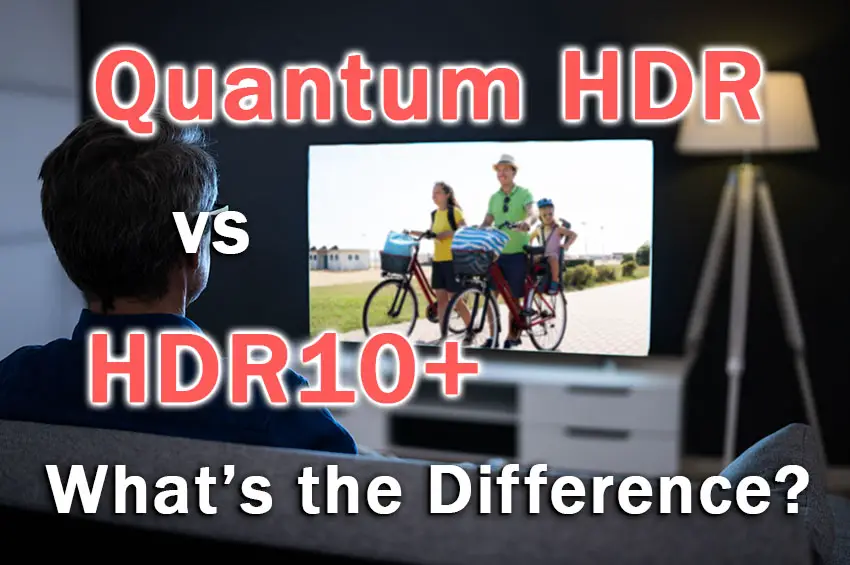
HDR vs Quantum HDR
Quantum HDR is a technology developed by Samsung and is an application of their 50-atom wide Quantum Dots along with standard HDR technology. It allows better dynamic range and contrast than standard HDR alone, giving you more detail in both bright and dark parts of the image.
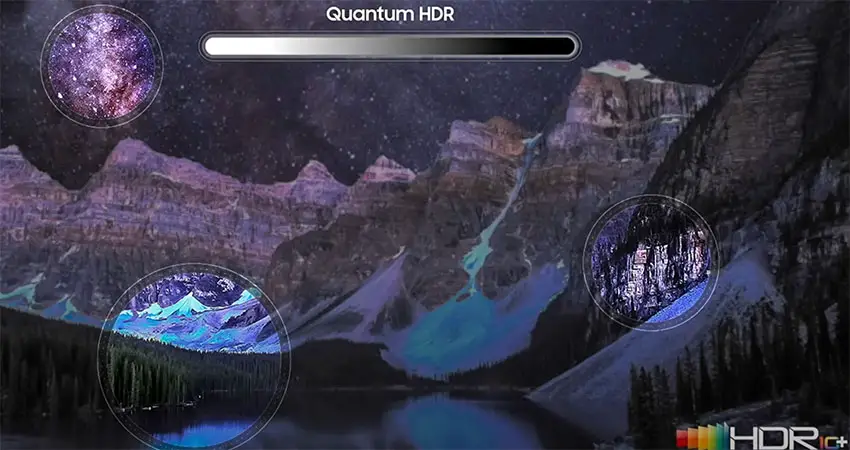
What is Quantum HDR?
Quantum HDR was only introduced in 2021 with Samsung’s top end TVs, and is the Q in their QLED models. Quantum HDR is an innovative evolution of HDR technology, giving a super sharp picture with incredible detail and color, surpassing even that of standard OLED TVs. Quantum HDR widely expected to keep Samsung at the top end of the TV market giving just how good picture quality is on these new TVs.
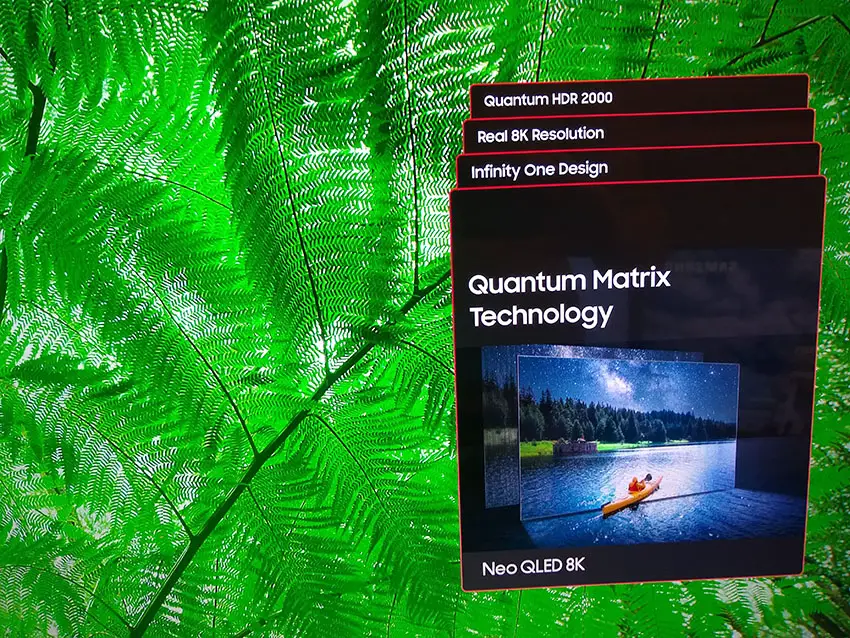
What is HDR10+?
HDR10+ is a Samsung and Amazon refinement of the open-source HDR10, adding dynamic metadata which lets your TV adjust the brightness and tone mapping of the image on a frame-by-frame basis, giving you better detail particularly in darker scenes.
Quantum HDR vs HDR10+
Quantum HDR is a further refinement of HDR10+, essentially combining HDR10+ with Samsung’s proprietary Quantum Dot technology to capture even more details in brights and darks without degrading the picture quality.
Quantum Dots are Samsung’s replacement for pixels in their newest TVs, called Quantum LED or QLED TVs.
They are only around 50 atoms wide and are therefore much smaller than pixels in standard TVs.
With HDR10+, dynamic range and tone mapping is applied at the pixel level on a frame-by-frame basis. Because Quantum Dots replace pixels, this tone mapping can now take place at the much smaller Quantum Dot level.
This allows for even more dynamic range in the picture and greater detail to be preserved in both the darks and brights of your image simultaneously.
You will also see improvements in color accuracy and fidelity, and an overall much more lifelike image.
HDR 10 Plus vs Quantum HDR 24x
Samsung have developed several levels of their Quantum HDR technology for use in their TVs, denoted with a number following the name.
Quantum HDR 24x simply means that this version of Quantum HDR has a peak brightness of 2,400 nits, and is one of their older specifications for Quantum HDR.
What is Quantum HDR 32x?
Quantum HDR 32x refers to Quantum HDR with a specific peak brightness of 3,200 nits.
For every Quantum HDR TV, the number at the end of the phrase should be multiplied by 100 to get the max peak brightness in nits.
Therefore, Quantum HDR 32x equals 32 x 100 nits = 3,200 nits of peak brightness.
Quantum HDR 24x vs 32x
Quantum HDR 24x differs from Quantum HDR 32x in that 24x offers 2,400 nits of peak brightness, while 32x offers 3,200 nits of peak brightness.
Current models of Samsung TV have Quantum HDR 64x, giving a massive 6,400 nits of peak brightness.
Although HDR10+ has a theoretical max peak brightness of 10,000 nits, in practise these TVs are limited to 1,400 to 4,000 nits of brightness. The new Quantum HDR 64x TVs are considerably brighter than this, and are really in the top range of TVs currently available.
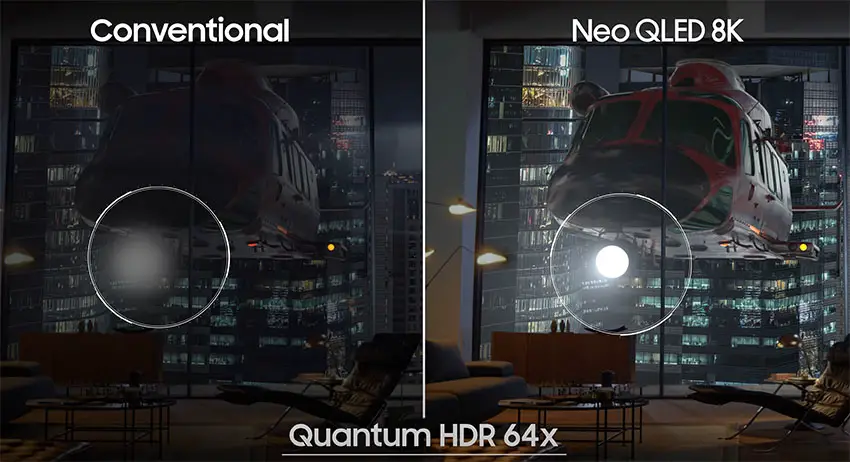
Quantum HDR 32x vs 64x
Quantum HDR 64x is the current top-end of Samsung TVs, giving 6,400 nits of peak brightness versus the 3,200 nits peak brightness of Quantum HDR 32x TVs.
There is not otherwise a huge difference between them, as the numbers refer as much to the next step up in model than to any real differences between them.
Quantum HDR 2000 vs 4000
Samsung also make use of more familiar HDR terminology, in this case borrowing terms from VESA.
You should note that Samsung’s HDR 2000 and HDR 4000 are not VESA standards, but are terms thought up entirely by Samsung.
Quantum HDR 2000 and Quantum HDR 4000 are referring to Quantum HDR with a max peak brightness of 2,000 and 4,000 nits respectively, in the same form as their 24x and 32x terms.
Quantum HDR 32x vs Dolby Vision
Dolby Vision specifies a max peak brightness of 10,000 nits, although most movies are mastered to display between 1,000 – 4,000 nits of peak brightness. Quantum HDR 32x has a max peak brightness of 3,200 nits, so is in a similar ballpark to Dolby Vision.
Where they differ is that Quantum HDR 32x can achieve better detail thanks to the Quantum Dots making up the screen, and can give a wider dynamic range, if the movie is appopriately tone mapped.
Overall, picture quality will be better on the Quantum HDR 32x screen, but most Dolby Vision displays are not far behind.
Read More:


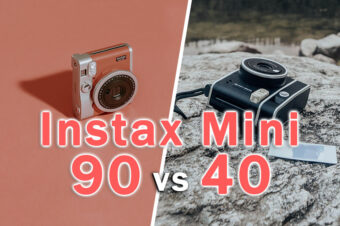
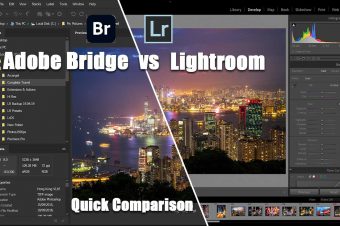


4 Responses
Brock Obabo
Thank you for the information! HDR is such a cool technology that is so muddled by everyone trying to market their own version.
Tim Daniels
I know what you mean!
W. Smith
Does Quantum HDR need a HDR 10+ signal to play? Also if the 4k Blu-ray doesn’t support HDR 10+ and provides HDR 10 what happens? Does the TV just display HDR 10 format lke in other HDR 10 TVs? Thanks!
Tim Daniels
– Quantum HDR works on all HDR sources. Unlike HDR 10/10+, Quantum HDR is proprietary Samsung technology, so the two aren’t really comparable. You’ll see better results with an HDR 10+ source, but that’s purely because it is a better source.
– HDR 10+ is backwards compatible with HDR 10, so if your TV only supported the latter it would only display an HDR 10 picture from an HDR 10+ source, dropping the dynamic metadata that the ‘+’ refers to.